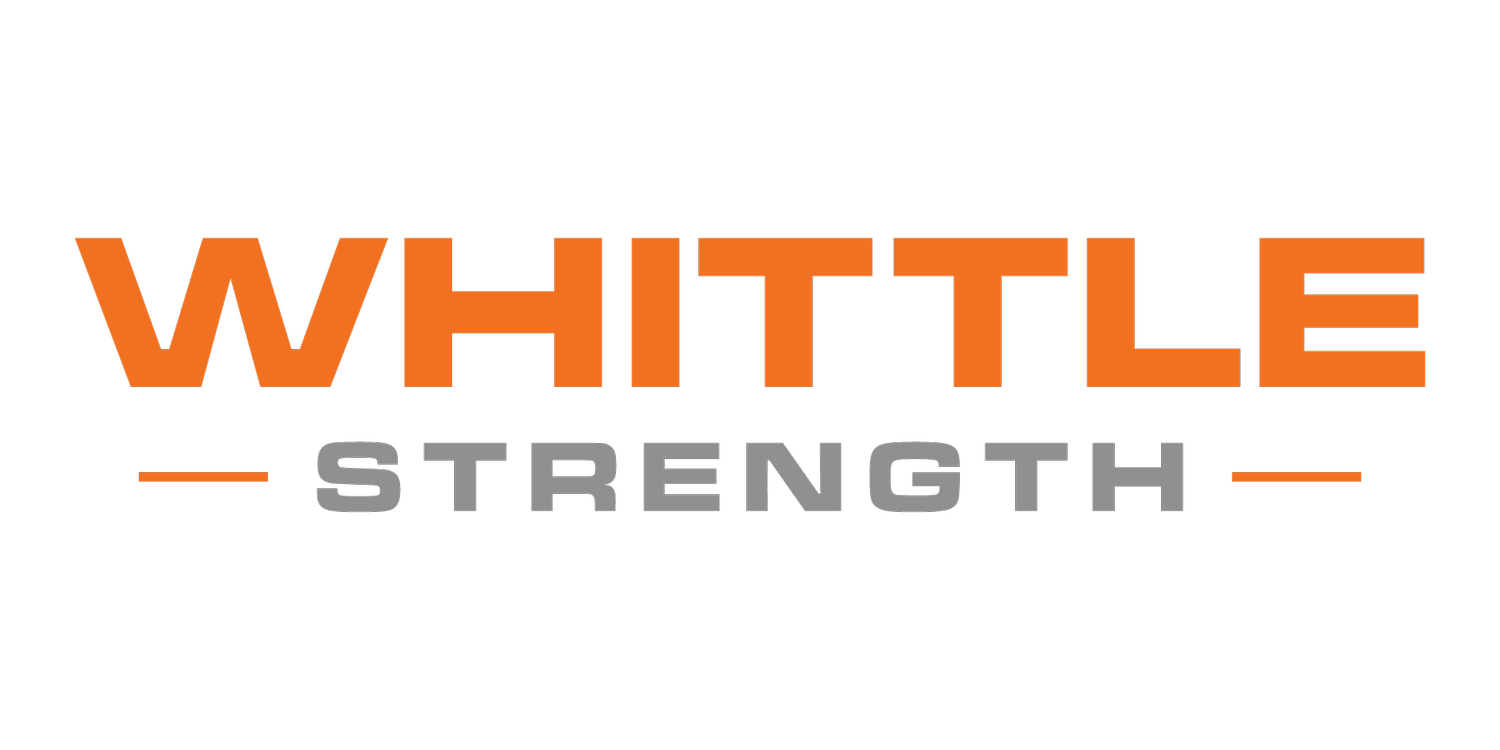NUTRIENT TIMING - HOW TO PROPERLY FUEL YOUR WORKOUTS
What is nutrient timing? Simply put, nutrient timing is strategically planning what you eat in order to achieve certain outcomes/adaptations. Nutrient timing is important for gym goers looking to gain strength and grow muscle, but also vital for athletic performance. For example, an athlete should focus on a high carb meal prior to competition in order to saturate muscle glycogen stores and make sure they have enough fuel in the tank to last them through the game/match.
Is there really an anabolic window? The term, “anabolic window” is a commonly used term when it comes to nutrient timing. The theory is that after you exercise the muscle will have the best uptake of nutrients within the first ~15-60 minutes after exercise. However, current research shows that this theory is not conclusive and rather it’s the total amount of protein you get in a day that truly matters. Current research also suggests that not only is the total amount of protein you eat in a day what matters, but a constant feeding of protein post training is also ideal for optimal adaptations to occur. Drinking a protein shake 15 minutes after you workout is still a great idea, but nutrient timing of protein does not stop there. It is important to make sure that after training you are consistently getting protein every few hours (even after that shake you downed within the first 15 minutes post exercise!).
The importance of carbs before and after training: Say you eat a bagel with honey an hour before training, that bagel and honey will digest and break down into glucose molecules. As you eat, insulin will be released by the pancreas, sending a signal to the body to pull the glucose from the bloodstream to be stored in the muscles (and small amounts in the liver). Now when you get to the gym you’ll have adequate glycogen stores (and still some glucose circulating in the blood) that will break down and be used for energy during your training session. This is why eating before an intense workout is important. Without enough glycogen and blood glucose readily available to fuel your workout, the body will significantly drop in blood sugar leading to feelings of nausea, dizziness, or light-headedness - you are at risk for passing out or throwing up!
Restoring depleted glycogen is important for performance. When you exercise you dip into your stored glycogen reserves for energy. Therefore, these lowered glycogen stores need to be replenished in order to keep the body out of catabolic (breakdown of tissues) state and to make sure you have enough energy going into the next training session. To add, when consuming protein post exercise it is ideal to pair it with carbohydrates because the spike in insulin from glucose will help the uptake of protein (via amino acids) into the muscle cells. Maximizing amino acid uptake into the muscle cells/tissues will allow for optimal muscle protein synthesis to occur.
Guidelines pre-training/competition:
ideal to eat an hour > before intense exercise, if you have to eat closer to training aim for a liquid carb source (i.e. orange juice)
low fat, low fiber = high fat and high fiber too close to training could cause digestion issues and GI discomfort
Moderate protein = muscle tissue is damaged during training so already having available amino acids can help prevent further muscle breakdown in a catabolic state
Moderate to high carb = place most of your carbs before and after training to ensure adequate glycogen stores
If training for longer than ~90 minutes, try to have quick digesting carbs on hand (i.e. Gatorade) to avoid blood sugar dropping drastically
Guidelines post-training/competition:
High carb to replenish lost glycogen stores
High protein to repair damaged muscle tissue and allow for muscle synthesis to occur
Moderate in healthy fats - fats are essential for hormone production
Hydrate! You lose electrolytes through sweating so it is important to hydrate with water and some sort of salt (i.e. adding pink Himalayan salt to your post meal or adding electrolyte drink mix to water)
Share this post:


